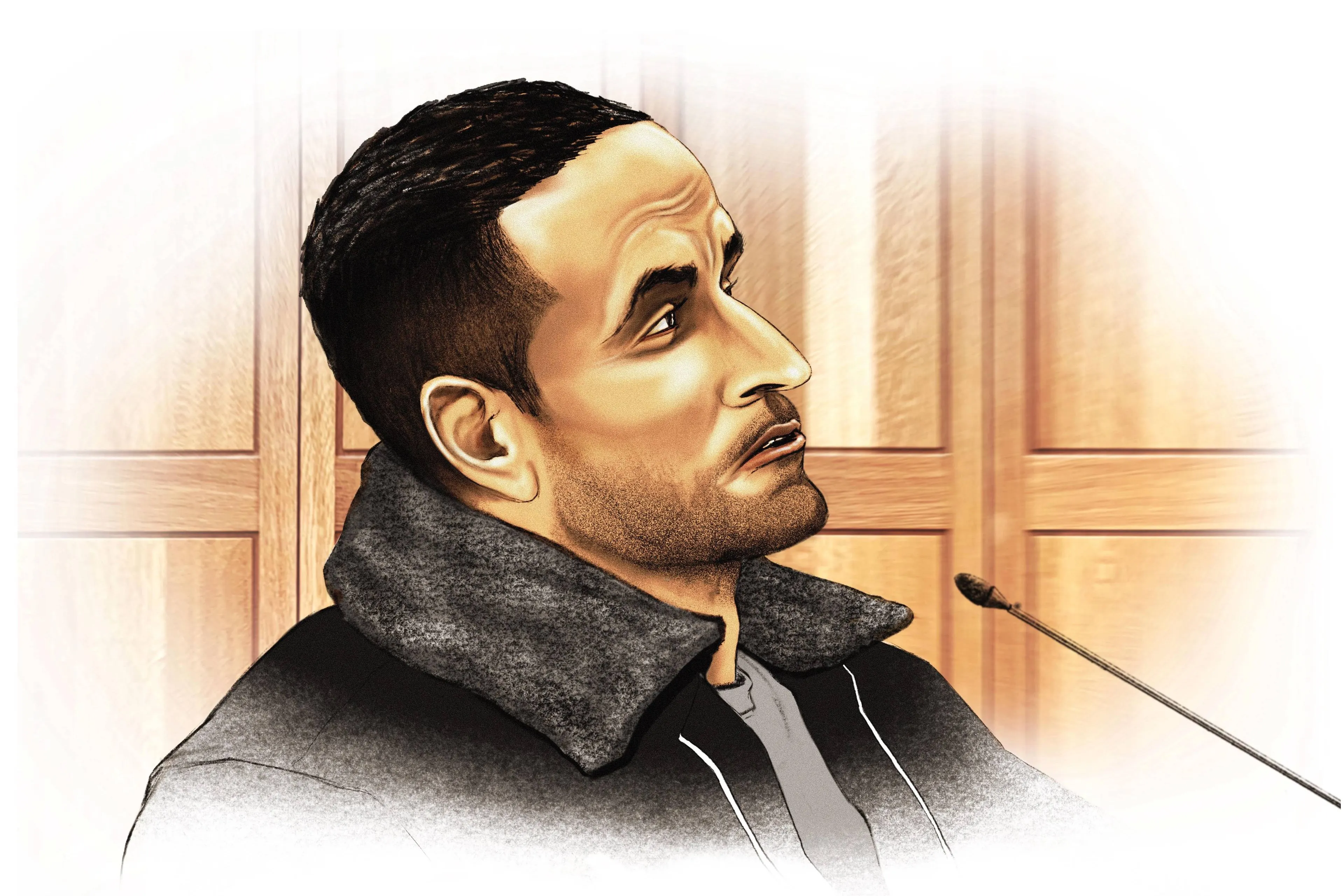[Video] Mythbuster De Rugy over Fannie and Freddie
Myth 1: The government-sponsored housing finance companies Fannie Mae and Freddie Mac had nothing to do with the housing crisis. They were simply innocent bystanders caught in the crossfire. Economist and New York Times columnist Paul Krugman, for instance, has argued that Fannie and Freddies role in the housing market was insignificant between 2004 and 2006 because they pulled back sharply after 2003, just when housing really got crazy. According to Krugman, Fannie and Freddie largely faded from the scene during the height of the housing bubble.
Fact 1: Fannie and Freddie contributed to the housing crisis by making it easier for more people to take out loans for houses they could not afford. Beginning in 2000, Fannie and Freddie took on loans with low FICO scores, loans with low down payments, and loans with little or no documentation.
Myth 2: Fannie and Freddies role in the housing market increased homeownership, especially for first-time buyers and lower income earners.
Fact 2: The small increase in homeownership rates were temporary and artificial, driven by unsustainable incentives. In the best case scenario, Fannie and Freddie may have increased the homeownership rate from 63 percent to 69 percent, but the rate has now fallen back to 66 percent. Moreover, Fannie and Freddie did not make housing more affordable and even priced many first-time buyers out of the market.
Myth 3: Fannie and Freddie are essential for maintaining a working mortgage market. Without them, interest rates will increase and homeownership will plummet as more people are priced out of the housing market.
Fact 3: Interest rates are likely to go up. Yet it is not clear what impact this will have on homeownership rates. In the 1980s, interest rates on the average 30-year mortgage were significantly higher, yet homeownership rates were almost the same as they are today. Besides, the alternative to homeownership is not living on the street.
Lees ook
Loading


